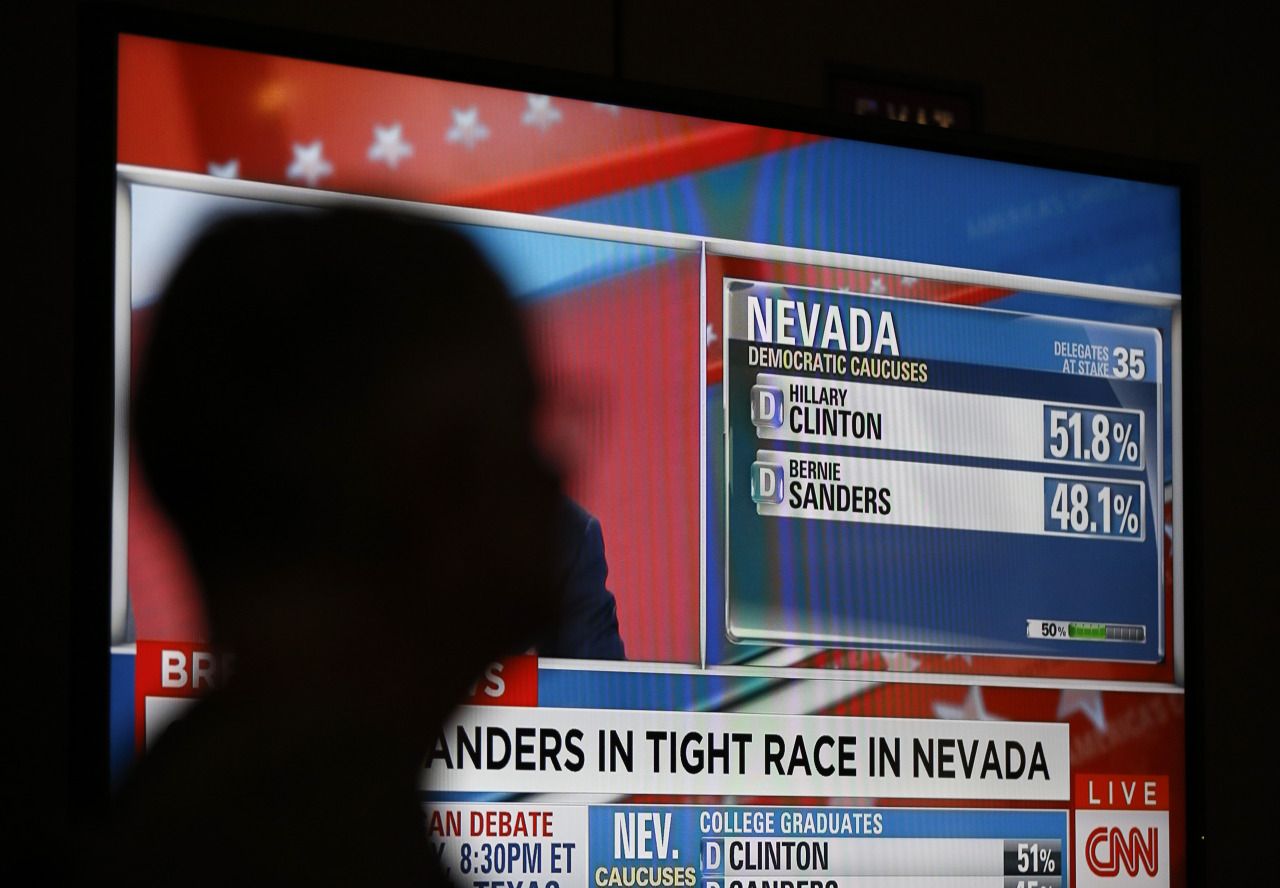Yesterday [February 20, 2015] marked the third time voters took to the polls as the Democratic and Republican parties held primaries in Nevada and South Carolina, respectively.
The voting in South Carolina was shadowed by the looming question of whether or not Donald Trump might seriously be on his way to being the Republican candidate for this year’s presidential election.
Nevada bore the responsibility of finally seeing where the majority of minority voters stood on the Democratic side of things.
By the end of the night, Hillary Clinton and Donald Trump laid claim to victories for their parties, Bernie Sanders finished five points behind, Marco Rubio and Ted Cruz were left to fight for second place, and Jeb Bush dropped out.
Hillary Clinton and Donald Trump are now both two for three, and are raising the prospect of an actual race between the two come November 2016.
In Donald Trump’s case, the notion isn’t too much of a reach. The last three Republicans to win South Carolina and New Hampshire went on to win the GOP’s nomination. Two of those three went on to win the White House.
But, of course it’s still important to note the relatively large array of Republican candidates. The ongoing battle between top establishment candidates to take on Trump is only getting less predictable as the race moves on, and the division of the conservative vote is one of the reasons why.
Hillary Clinton’s victory in Nevada was something she really needed. Coming off a loss in New Hampshire, she demonstrated the strength of her “firewall” and an apparent support among minority voters. She now goes into South Carolina with sturdy surge of momentum as the African-American vote plays a key role in the Southern state’s voting come February 27.
Bernie Sanders popularity among young voters and anti-establishment strategy has kept him going strong in this race, but his disadvantage among minority voters has placed him in a tight spot this election.
Bernie Sanders’s main strategy as of now should be focused on the liberal community as he continues to work off his anti-Wall Street angle. Convincing the Democratic voters that he’s a better choice than Clinton should be wrapped around a campaign convincing the Democratic party that he has a better shot at beating Donald Trump, Ted Cruz, or Marco Rubio come next Fall.
Just when we thought it was over (again) for Rubio, the top establishment candidate managed to edge out Ted Cruz at a comfortable second place finish behind Donald Trump in South Carolina.
Ted Cruz has prevailed as a top candidate for the conservative and evangelical American voter, a demographic that certainly calls South Carolina home. But, a loss against Trump and Rubio is certainly raising red flags about voters’ confidence in Cruz.
Now that Jeb Bush has officially dropped out of the race, his supporters will have to make a decision among the three remaining in the non-Trump camp: Cruz, Rubio, and Kasich. Yes, John Kasich. Still playing a major role in this race, Kasich’s advantage will come through as the race heads up North, especially in Ohio, where he serves as governor.
Jeb Bush’s support and, of course, money will certainly be for grabs as Rubio and Kasich seem like the most likely surrogates for the Florida governor.
